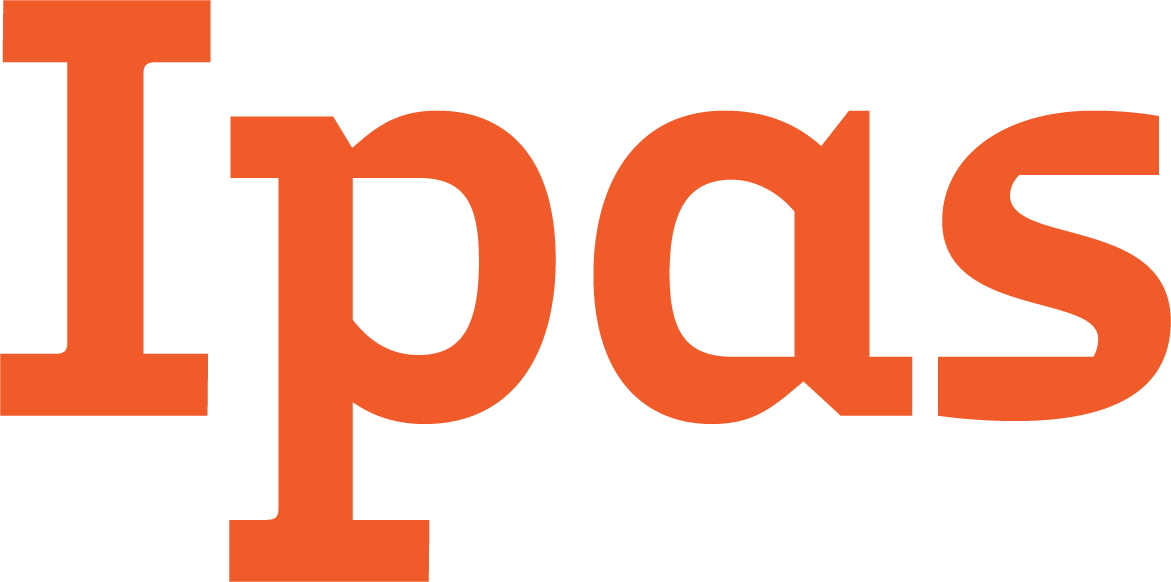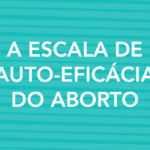
A Escala de Auto-Eficácia do Aborto (ASES) é uma ferramenta de 15 itens concebida para medir a auto-eficácia do aborto a nível individual e comunitário. A ferramenta pode ser usada como parte de uma pesquisa formativa para informar o desenho, o conteúdo e as mensagens de intervenções destinadas a aumentar a auto-eficácia do aborto. Também pode ser usada para medir mudanças na auto-eficácia do aborto ao longo do tempo. Além disso, as pontuações da ASES podem ser utilizadas para entender os factores associados à auto-eficácia do aborto.
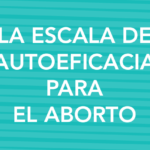
La Escala de autoeficacia para el aborto (ASES) es una herramienta de 15 ítems creada para medir la autoeficacia para el aborto a nivel individual y comunitario. La herramienta puede utilizarse como parte de la investigación formativa para informar el diseño, contenido y mensajes de intervenciones cuyo objetivo es incrementar la autoeficacia para el aborto. Además, puede utilizarse para medir cambios en la autoeficacia para el aborto con el paso del tiempo. Los puntajes de la ASES pueden utilizarse para entender los factores asociados con la autoeficacia para el aborto.
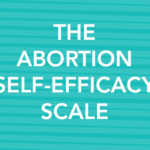
The Abortion Self-Efficacy Scale (ASES) is a 15-item tool designed to measure abortion self-efficacy at the individual and community level. The tool can be used as part of formative research to inform the design, content and messaging of interventions intended to increase abortion self-efficacy. It can also be used to measure changes in abortion self-efficacy over time. Additionally, ASES scores can be utilized to understand factors associated with abortion self-efficacy.
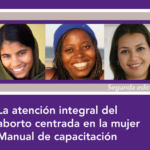
Le présent manuel est un ouvrage de référence destiné à toutes les personnes qui impartissent des cours de formation aux professionnels de santé qui dispensent l’ensemble des soins complets d’avortement centrés sur la femme, y compris des soins après avortement. Il comprend tous les enseignements ainsi que les matériaux didactiques nécessaires pour permettre aux participants de développer les connaissances et les compétences requises pour pratiquer des soins de qualité optimale.
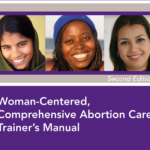
This manual is a resource for trainers who lead training courses for health-care workers delivering all elements of woman-centered, comprehensive abortion care, including postabortion care. It contains all of the instructions and materials needed to help participants develop the knowledge and skills necessary to provide high-quality care.
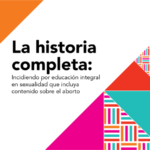
Este juego de herramientas está dirigido a personas interesadas en abogar por integrar contenido sobre el aborto en los programas de educación integral en sexualidad (EIS). Aborda las consideraciones clave para abogar por la EIS, y ofrece herramientas para ayudar a esas personas a formular una estrategia y planificar actividades que respondan a su contexto nacional.
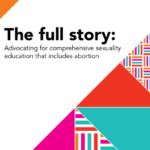
This toolkit is intended for advocates interested in supporting the integration of abortion into comprehensive sexuality education (CSE) programs. It covers key considerations for undertaking advocacy for CSE, plus tools to support advocates in developing a strategy and planning activities that respond to their national context.

Le présent manuel est un ouvrage de référence destiné à toutes les personnes qui impartissent des cours de formation aux professionnels de santé qui dispensent l’ensemble des soins complets d’avortement centrés sur la femme, y compris des soins après avortement. Il comprend tous les enseignements ainsi que les matériaux didactiques nécessaires pour permettre aux participants de développer les connaissances et les compétences requises pour pratiquer des soins de qualité optimale.
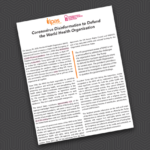
This fact sheet summarizes the work and scope of the World Health Organization (WHO); details efforts by the Trump administration and anti-rights allies to defund the agency prior to the coronavirus outbreak; and provides recommendations for the U.S. Congress to protect the work of the agency and other international organizations.
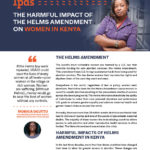
The Helms amendment is a law barring U.S. foreign assistance from being used for abortion services. This fact sheet describes the negative impact of the Helms amendment on women in Kenya, where abortion is legal under certain circumstances.
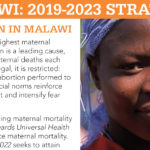
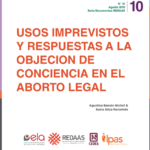
La objeción de conciencia (OC) es una figura jurídica excepcional. Es que, como principio general, el sistema jurídico demanda y aspira a la obediencia de las normas por todas las personas obligadas. La OC es este curioso caso donde el Estado permite a una persona exceptuarse de una obligación jurídica, debido a sus convicciones morales, siempre y cuando cumpla con los requisitos, procedimientos fijados y no dañe derechos de terceros. Surgió como una forma de proteger minorías religiosas o culturales, usualmente ignoradas por las previsiones de las leyes. Es así que existe hoy una disonancia descomunal entre lo previsto por los textos y la práctica: la versión de la OC como acto reflexivo, sincero y humilde de una persona que hace parte de una minoría ha cedido frente a otros usos mucho más problemáticos y mucho menos éticos.
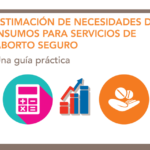
Esta guía fue creada para ayudar a gerentes de programas y prestadores de servicios de aborto seguro con la estimación de necesidades de los medicamentos e insumos médicos más esenciales para la prestación de esos servicios. Aunque existen muchas guías sobre la estimación de necesidades de diversos insumos necesarios para los servicios de salud reproductiva, esta guía aborda específicamente la estimación de necesidades de medicamentos para el aborto con medicamentos y de aspiradores para la aspiración manual endouterina. Los procesos descritos paso a paso en esta guía pueden utilizarse para calcular los requisitos de insumos para un programa nacional o para una unidad de salud, durante determinado plazo.
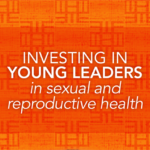
This brochure provides an overview of Ipas Ghana’s successful approach to working with young people on issues of sexual and reproductive health.
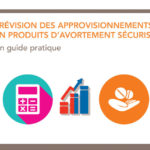
Ce guide a été conçu pour aider les gestionnaires de programmes et les prestataires de soins d’avortement sécurisé à prévoir l’approvisionnement en médicaments et en produits sanitaires essentiels nécessaires à dispensation de ces soins.
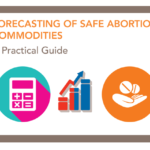
This guide is designed to assist safe abortion services program managers and providers in forecasting for the most critical medicines and medical supplies required for providing these services. While there are many guides for forecasting various reproductive health commodities, this guide specifically addresses forecasting for medical abortion drugs and vacuum aspirators. The step-by-step processes listed in this guide can be used to estimate the commodity requirements for a national program or for an individual service site for a given amount of time.
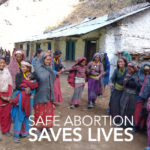
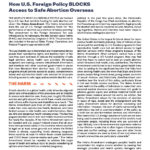
This factsheet provides an overview of the Helms Amendment and how it harms the world’s most vulnerable women by denying them access to safe abortion services.
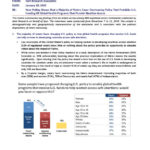
This memo summarizes key findings from an online survey among 800 registered voters nationwide conducted by Hart Research on behalf of Ipas.
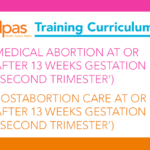
Medical abortion at or after 13 weeks gestation (‘second trimester’) and Postabortion care at or after 13 weeks gestation (‘second trimester’) each provide up-to-date clinical information, activities and learning materials for trainers.

